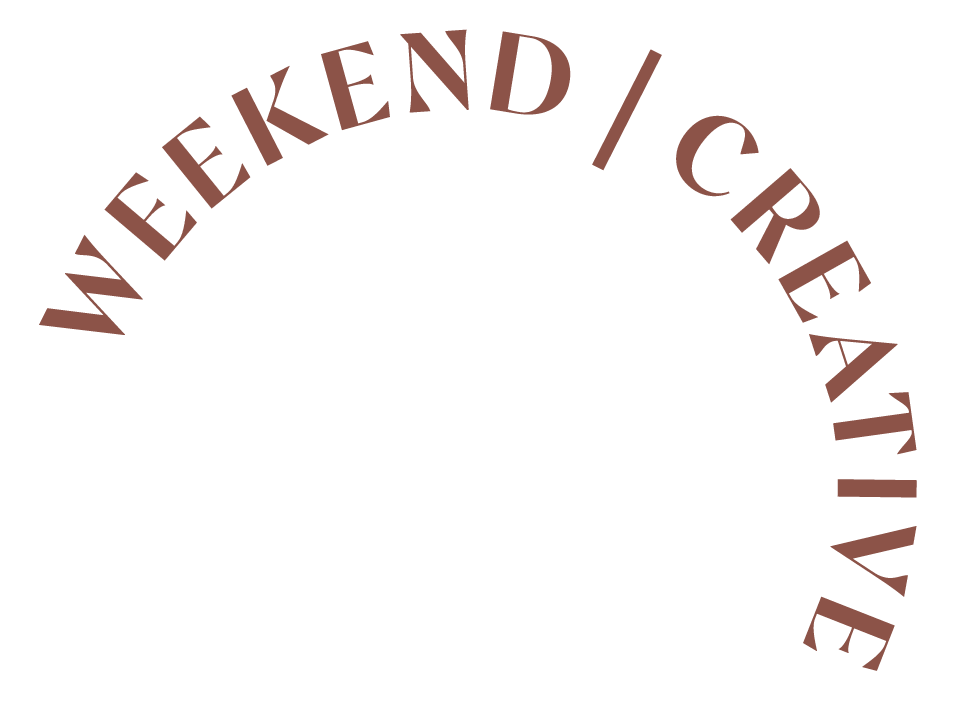3 Ways to Respond to Pricing Objections
“This is outside of our budget, so we’ve gone in another direction.”
As a freelancer and creative business owner, this email response ranks as one of the top 3 worst emails to receive. Because it bites.
Because they’re likely sending you that email, after they… (pick one)
*Refused to tell you their budget
*Gave you a budget that was, indeed, false (aka they’re backtrackers)
*Said they had no budget, and were “open”
And you want to rip your hair out, because you did everything right. You asked for their budget, and you created a proposal based on their needs.
SO WHY ISN’T IT WORKING? WHY DID THEY LIE?
Well, people are fickle. Potential clients? They’re even more fickle. They’re the fickliest pickles in all the land.
Truthfully, everyone gets this response. It’s pretty common, because of the fickle pickles. Our job is to know how to navigate that response, and ask for clarity, in order to potentially overcome that objection.
You know why? Pricing is all relative - and clients aren’t really aware of that, are they? They aren’t mentally built to think through pricing and a way to work with you in a creative manner - they see a number that’s slightly higher than someone else’s number, and they balk before “going in another direction” (excuse me while I gag).
But you, oh you, you saucy fellow creative - you do know how to put together a dynamic, creative proposal that includes the rates you deserve, while meeting the client where they need to be met. You know that you can reduce your scope, while achieving what they want, and still getting paid what you’re worth.
So your only job, when you get that nuisance of a, “we’re going in another direction” email in reference to your pricing?
You just need to know what to say.
So, I’m sharing three responses for you to grab and use. Me? I’ll always go for door response number 3. Then again, I am a saucy fellow creative 😏
OKAY, back to planet earth. Are you ready? I’m gonna need you to charge into these three response options with the strength of Dwight revving himself up in the hallway prior to attacking Jim. Or Jim with the snowmen.
GO.
response 1: the passive one
This is the response you’re going to want to use in situations where you were already feeling slightly “meh” about the client, and were really mostly taking the project because you needed the money.
You know what I’m talking about - we all have those.
So sure, you’d love to do the work they’re asking you to do, but only for a set amount. That’s completely fair - a standard response to their email like the one below will allow you to keep that door open on a professional level, while also restating that yes, these are your prices… and no, they do not change.
“Thank you for letting me know! I’d love to partner with you in the future, when you have a bit more flexibility in your budget.”
response 2: the less passive one
This is the response we use when we’re feeling a little frustrated, because maybe the client didn’t ever tell you their budget (because they “didn’t have one” or “wanted to see what it really costs”), and truthfully, you’re feeling a little blindsided.
A big mistake creatives make during the proposal process is not following up on information they deserve to know. You took the time to create a proposal, to learn about the client, and to put something together that fits their needs. You deserve to know how far “off” the mark your numbers really are - it could be a matter of just a couple hundred dollars, or several thousand.
“Thank you for your feedback! I’d love to hear what your original budget was for this project, so I can keep that in mind for future opportunities to partner with you. Could you share some insight with me?”
Sometimes, your client will respond with a number that’s actually doable. In which case, you’ll be glad you asked.
response 3: the direct one
Ahhh, my favorite. This is the one where we decide to fight for those we love.
Maybe you made a connection with that specific person at that particular brand, or they’re a dream client you’ve wanted to work with for years. You’ll know it when you see it, and you’ll know by the fire (aka acid reflux) building in your belly that you’re not *quite* ready to give up, yet.
This is the response to use for those situations.
“Thank you so much for your feedback! Because it’s important that I serve as a partner to you both now and in the future, I’d love to hear what the budget was that you allocated for this project, and potentially scale down our scope of work to be able to account for that. Of course, this would mean a reduced project size, but I’m confident we can achieve your goals of (insert goal here), while adhering to your budget and needs.”
No matter what, your business is worth fighting for.
Read that line over, and over, and over again.
A “no” is sometimes just an opportunity to ask for more information and context, so that we can potentially turn it into a “yes.”
Sometimes, that “yes” will happen several months down the line. That’s okay! That’s still money in our pockets, and a “yes” that we still earned.
Other times, that yes will happen right away… because you found a way to fight for the project, while remaining professional, diagnosing the client’s needs, and overcoming their objections.
Fight for it, even if it feels uncomfortable. You know you want to.
Is it the weekend yet?
Kirsten


